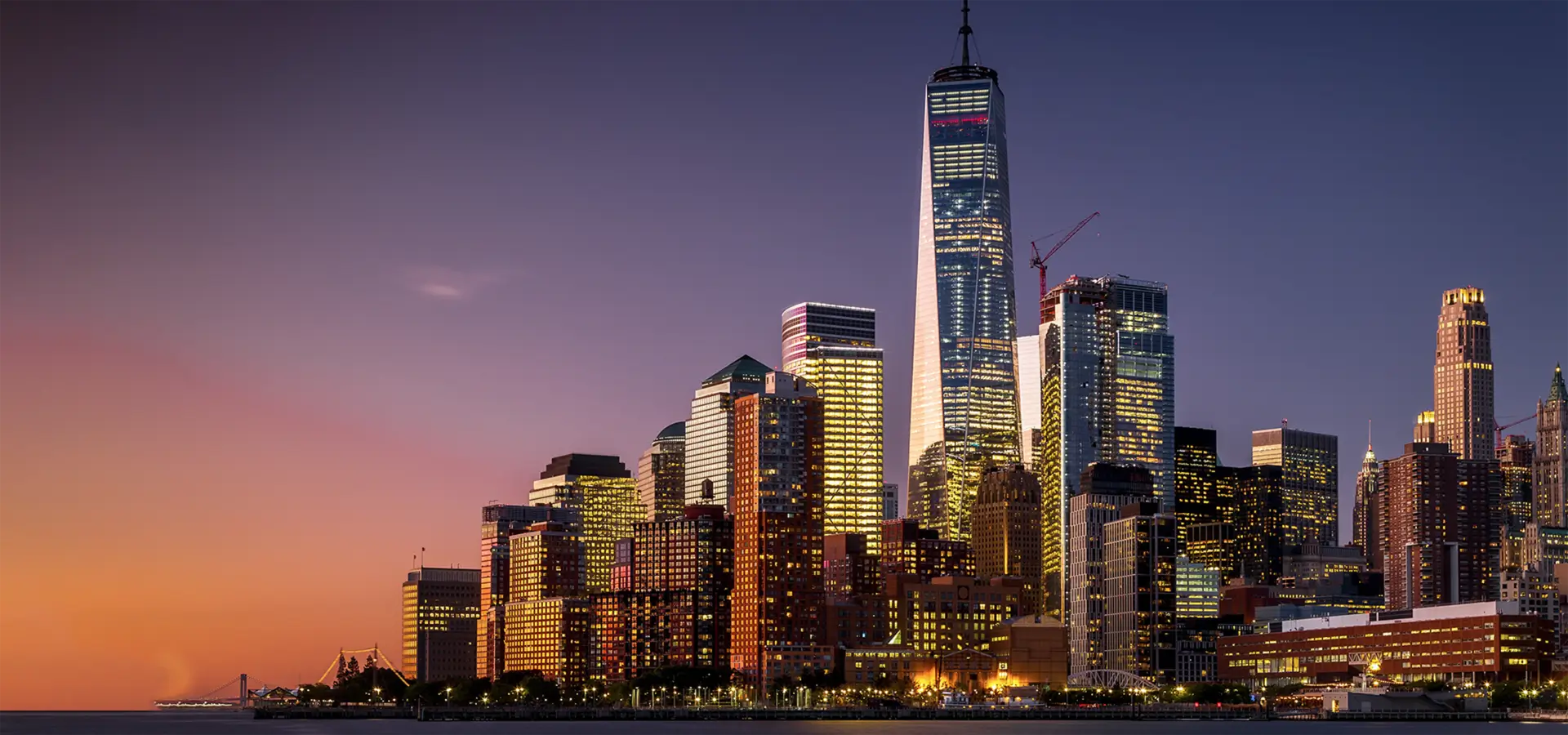

Understanding Low Emittance Glass A Key to Energy Efficiency
In recent years, the quest for energy efficiency and sustainability has led to the development of innovative materials across various industries. One such remarkable advancement is the emergence of low emittance glass. This specialized product not only enhances the aesthetic appeal of buildings but also plays a crucial role in improving energy performance, thereby significantly contributing to environmental conservation.
Low emittance glass, often referred to as low-e glass, is designed to minimize the amount of infrared and ultraviolet light that can pass through it, while allowing visible light to enter. The magic lies in an ultra-thin coating made of metallic materials, typically silver, which is applied to the glass surface. This coating reflects heat while still permitting sunlight to illuminate indoor spaces. Consequently, low-e glass helps in maintaining a comfortable indoor temperature, reducing the need for artificial heating and cooling.
The benefits of low emittance glass extend beyond mere energy savings
. By effectively regulating temperature, it can lead to reduced reliance on HVAC systems, thereby lowering energy consumption and utility bills. For commercial buildings, this can translate into substantial cost savings over time, making low-e glass a wise investment. Additionally, the reduction of heat transfer aids in enhancing the durability of building materials, protecting interiors from sun damage and extending the lifespan of furnishings.
Moreover, low-e glass contributes to increased environmental sustainability. As energy-efficient buildings become the norm, the overall demand for energy decreases, leading to a substantial reduction in greenhouse gas emissions. It plays a pivotal role in achieving LEED (Leadership in Energy and Environmental Design) certification, a globally recognized symbol of sustainability achievement. This not only benefits the planet but also enhances the marketability of properties that incorporate such environmentally friendly features.
In terms of design, low emittance glass can be incorporated into various architectural styles without compromising aesthetics. Available in different tints and finishes, it can suit any design requirement while ensuring high performance. From residential windows to commercial facades, its versatility allows architects and builders to create stunning spaces that are also energy-efficient.
However, it is important for consumers and builders to recognize that not all low-e glass is created equal. There are different types of low-e coatings that offer varying levels of performance depending on the specific needs of a project. Understanding these differences can help in making informed decisions that maximize energy efficiency benefits.
In conclusion, low emittance glass represents a significant advancement in building materials that harmonizes functionality with sustainability. Its ability to enhance energy efficiency while maintaining aesthetic appeal makes it an essential choice for modern construction and renovation projects. As the world increasingly focuses on reducing energy consumption and protecting the environment, low-e glass stands out as a brilliant solution for achieving these goals.